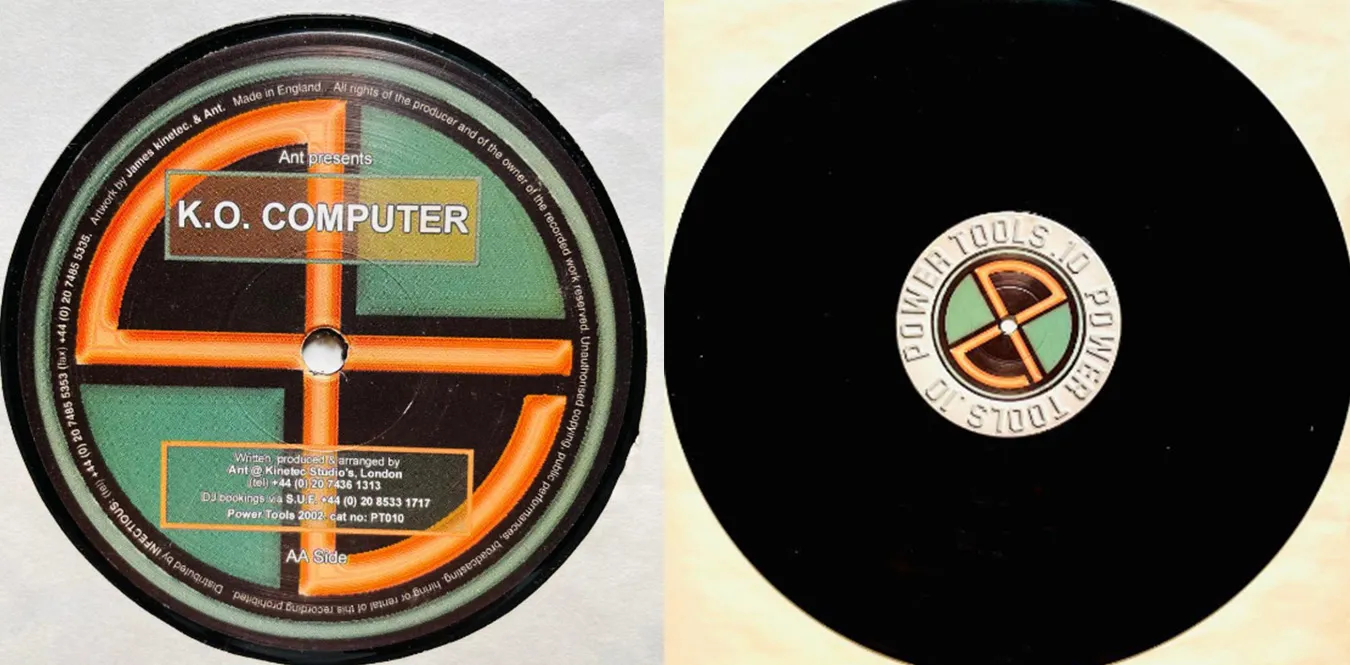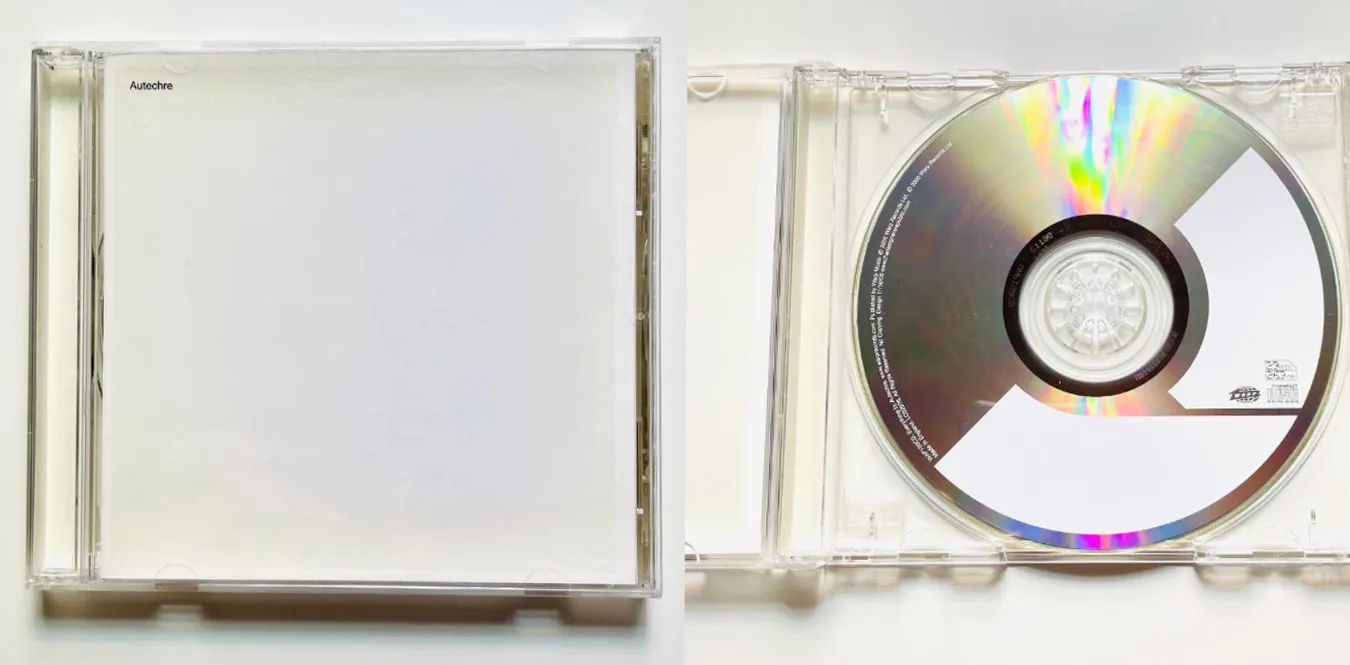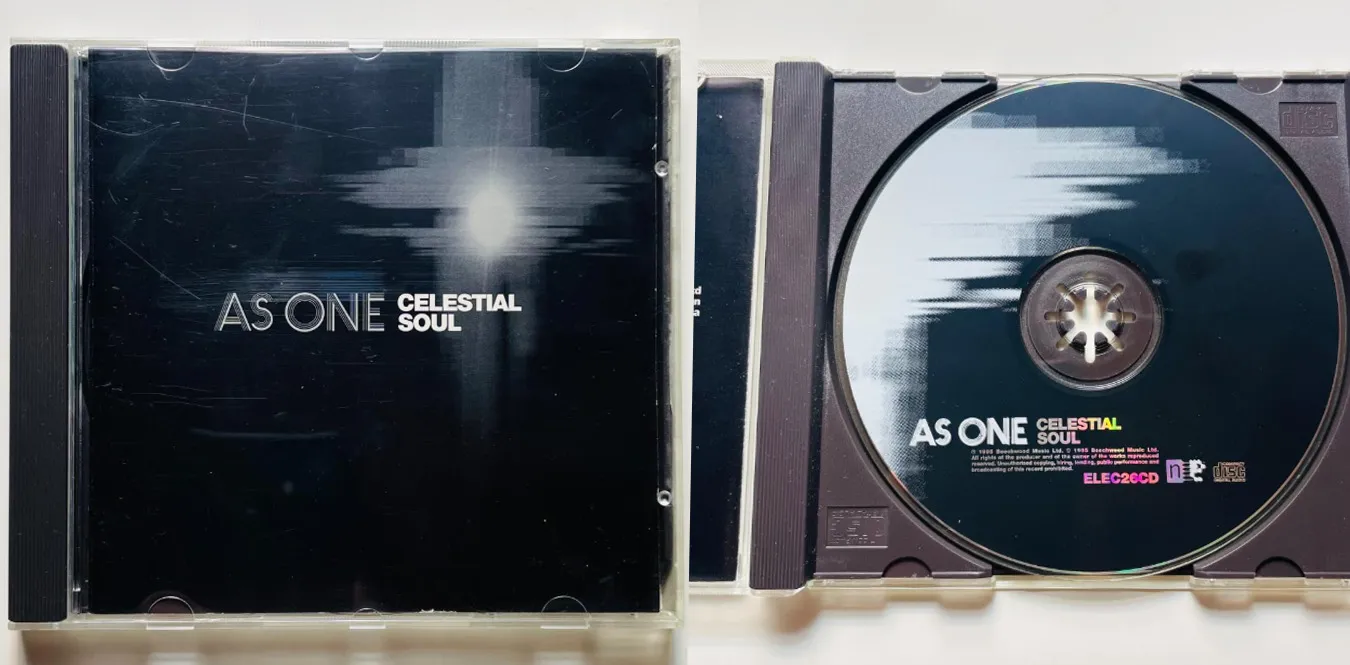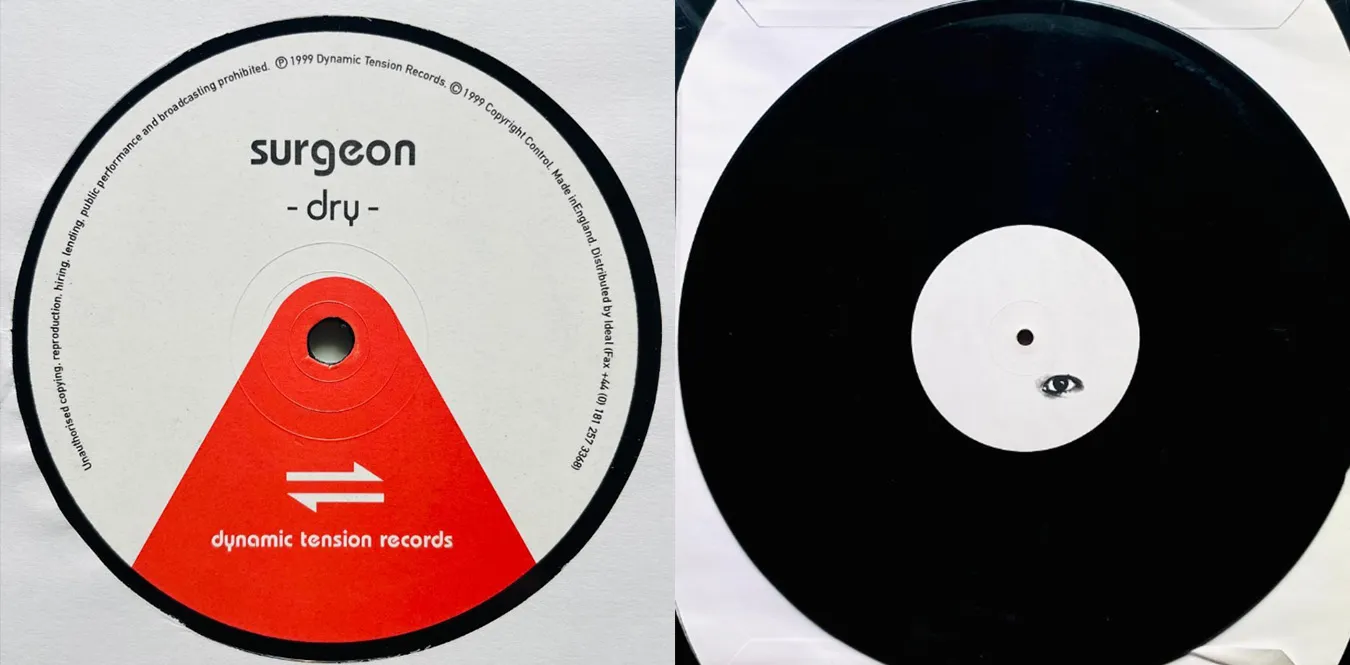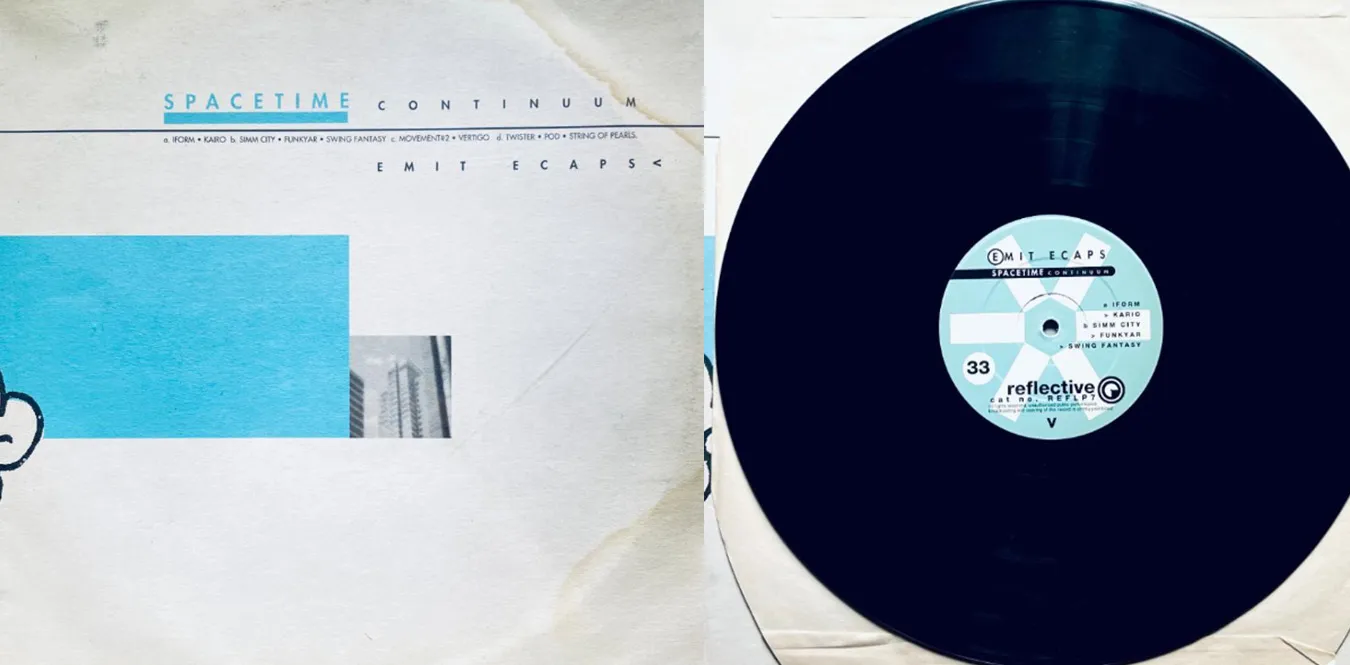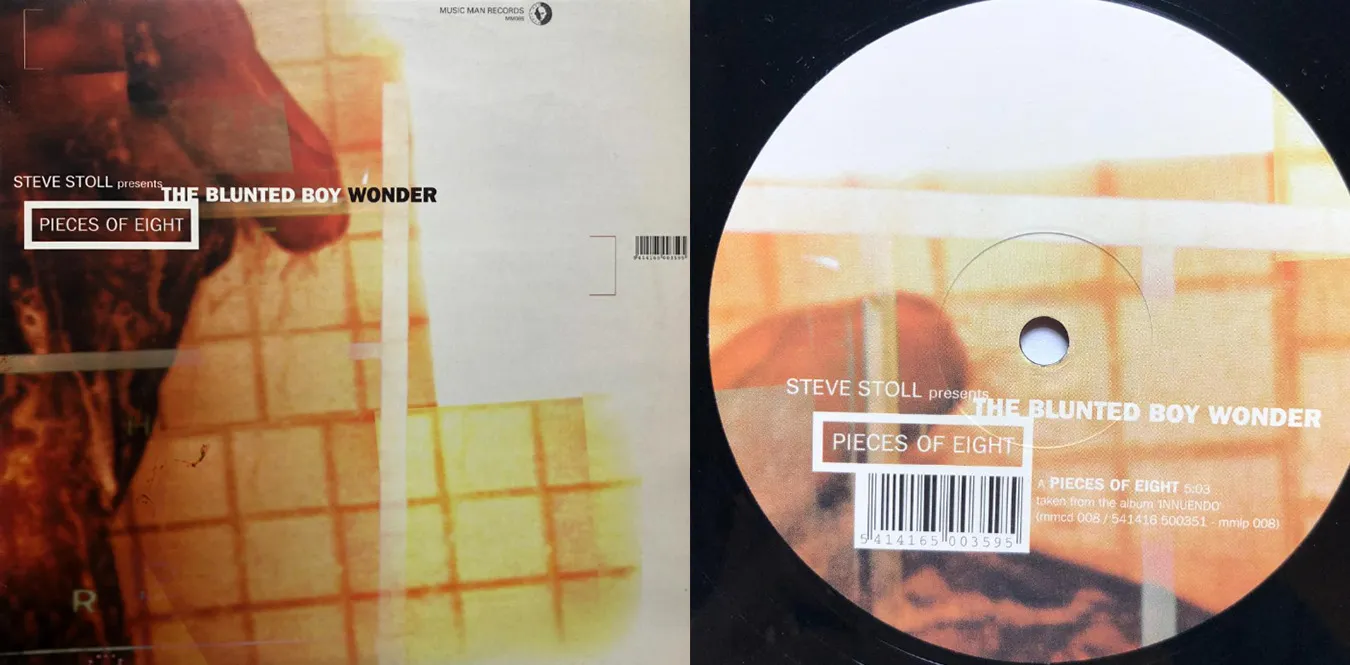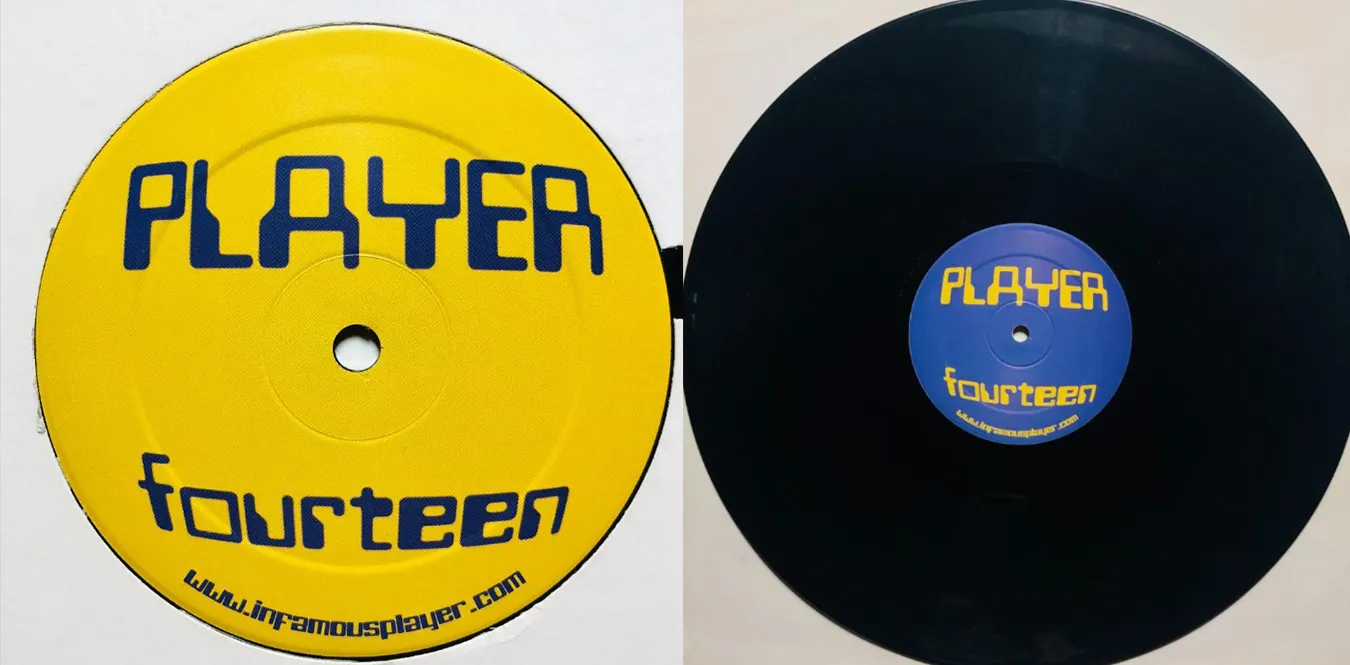[Column] Aphex Twin's early days and present day -- beyond the critical point of electronic music
Column en IDM Techno UK Techno![[Column] Aphex Twin's early days and present day -- beyond the critical point of electronic music](/../assets/images/column-aphex-twin-evolution.webp)
“When music stopped imitating emotions, Aphex Twin appeared.”
Text: mmr|Theme: Comparing Aphex Twin’s early works with their current achievements, and critically interpreting the changes in their acoustic structure, philosophy, and technology.
In the early 1990s, Richard D. James (Aphex Twin) emerged as someone who completely turned the existing grammar of genres like techno and ambient on its head. His early works are sound experiments in which mechanical dreams and human illusions intertwine, and his current sound lies between an artificial intelligence structure and a return to nostalgia.
Below, we will compare and examine these “changes” and “unchanges” from the four axes of work, technology, aesthetics, and ideology.
I. The world of early Aphex Twin: electronic poetics and analog violence
1.1 “Selected Ambient Works” - Introspective electronic dreams
1992’s Selected Ambient Works 85–92 was a turning point in the history of electronic music. The monotonous rhythm of a sequencer and the soft fluctuations of an analog synth. What you can hear inside is ““human breathing’’ on the other side of the electrons.
Rather than ““composing” sounds, Richard composed ““environments.” A strange sound image that is ambient yet has the intensity of a club. It was an extension of Brian Eno, but with a more personal and destructive emotion.
“For me, ambient is ‘memories that reverberate in the air.’” (Aphex Twin, 1993)
1.2 The era of “Classics” and “Analogue Bubblebath”
In the early EPs, the physical constraints of the hardware shaped the very character of the sound. Manual errors such as the Roland TB-303, SH-101, and Akai S950 defined his aesthetic.
Glitches (atomization of noise) and irregular tempo changes are It later became the origin of a movement called “IDM (Intelligent Dance Music)”.
Supplementary Chapter: Early Aphex Twin’s “Noise Body”
His early music was also an experiment in pushing the “physicality of sound” to its limits. The internal noise of the machine becomes the rhythm, and the errors become the building blocks. It is pre-digital “analog violence” and an attempt to transform error into the aesthetics of construction.
II. Mid-term transformation: Rhythm as sound sculpture
2.1 “Richard D. James Album” – Reincarnation under a personal name
With 1996’s “Richard D. James Album,” Aphex Twin clearly defined his “authorship.” What you hear here is a sonic sculpture that fragments and reconstructs breakbeats to the extreme.
In “The World of a Quarter Beat,” the drums bounce, the strings are cut, and the voices become particles. The sophistication is as if they were composing music at the DNA level. It’s amazing that they created this complexity in a pre-DAW environment.
2.2 “Come to Daddy” “Windowlicker” ─ Media and Nightmare
From 1997 to 1999, Aphex Twin combined music with “visual horror.” The PV group created in collaboration with Chris Cunningham converted the instability of electronic sound into the amorphousness of images.
Around the time MTV featured him as the “weirdest genius” He was already sensing that his music was in danger of becoming incorporated into popular culture.
Supplementary Chapter: Aphex Twin as Irony
Aphex Twin’s activities since the middle of their career have always been a meta-critique of the music industry. His smiling face (logo) is a satire on the “artist myth”, The puzzling nature of song titles asserts the ““right of sound to defy meaning.’’
III. Silence and Resurrection—Digital maturity after “Syro”
3.1 “Syro” (2014): Completion of the acoustic archive
His first album in 13 years, “Syro,” is a fusion of analog return and digital editing. All songs have detailed credits for the equipment used, Aphex Twin suggests that “every sound has a technical history.”
What is important here is that the focus is on the ““feel of the data” rather than ““emotions.” In other words, music is transforming into “the body as information.”
3.2 “Collapse EP” (2018): Emergence of AI composition structure
Collapse EP is Aphex Twin’s experiment in embedding emotion into algorithmic structures. Complex time signatures, intermittent rhythms, and three-dimensional spatial processing. Sound particles self-deploy like AI’s thoughts, forming an inhuman “flow.”
Supplementary chapter: Relationship between modern Aphex Twin and AI
Aphex Twin takes AI composition not just as a technological innovation; It is treated as a “device that extends human perception”. His recent work can be described as an attempt to make artificial intelligence learn about “human errors.” In other words, his music is a testing ground for post-AI humanism.
IV. Comparison between the early days and the present: Three-layered structure of technology, ideology, and emotion
| Item | Early (1990–1995) | Current (2014–2025) |
|---|---|---|
| Technology | Mainly analog equipment and samplers | Modular + digital algorithms |
| Texture of sound | Organic, accidental, material | Geometric, informational, transparent |
| Aesthetics | Coexistence of noise and rhythm | Symbiosis of data and emotion |
| Subject of expression | Individual’s inner world/body | Boundary between humans and machines |
| Social context | Rave ~ the dawn of IDM | The maturation of AI/algorithm culture |
Supplementary chapter: Unchanging “feeling of foreign body”
The core of Aphex Twin lies in ““remaining foreign’’ even as times change. Even when music becomes trendy, his sound always leaves a “margin”. It is in that margin that there is room for the listener to project their own feelings.
V. Critical Thoughts: What is music after Aphex Twin?
After Aphex Twin, electronic music is no longer just a “genre.” Artists influenced by him include Burial, Oneohtrix Point Never, Autechre, Arca, etc. All of these questions reconsider the “meaning generation” of sound itself.
“In an era where music is converted into data, Aphex Twin has become a ““sculptor of perception.’’
Supplementary chapter: Suggestions for the future of music
We live in an era where AI creates music and Spotify categorizes your mood. In such a situation, the sound of Aphex Twin is trying to recover the human noise hidden in the data. His current music is no longer an act of ““listening,” but rather a ““philosophy of sound that exists.”
VI. Chronology: Aphex Twin acoustic evolution trajectory
VII. Conclusion: Aphex Twin, a “sound conscious body”
Aphex Twin’s music is not just a collection of electronic sounds. It is an experiment to visualize the “metastructure of listening”. It is also a philosophical event where human emotions and machine perception meet.
In his early works, “electronization of emotions” was carried out, Nowadays, the trend has reversed to the ““emotionalization of electronics’’. His journey may foretell a future in which music itself becomes conscious.
Reference materials/recommended discography
“I don’t make music, I make music that is about listening.” ― Richard D. James
Waveform/spectrogram comparison (conceptual diagram)
Description: A conceptual diagram to visualize the differences in waveforms and spectrograms by arranging the typical acoustic features of the early and current times.
(60–400Hz)"] A --> A2["Narrow dynamic range"] A --> A3["Tape/analog distortion/accidental noise"] A --> A4["A relatively simple kick/beat"] B --> B1["Widely dispersed frequency (balanced between low and high)"] B --> B2["Wide dynamic range
Transient accuracy↑"] B --> B3["Modular + digital composite texture"] B --> B4["Polyrhythm timing error"] subgraph VIS_LEFT ["Waveform (Concept) - Initial"] direction TB WL1(("Short repeated phrases")) WL2(("High-pass weak sub-bass")) end subgraph VIS_RIGHT ["Waveform (Concept) - Current"] direction TB WR1(("Compound transient")) WR2(("Dense high-frequency detail")) end A1 --> WL1 A2 --> WL2 B1 --> WR1 B2 --> WR2 style VIS_LEFT fill:#f8f9fa,stroke:#333,stroke-width:1px style VIS_RIGHT fill:#f8f9fa,stroke:#333,stroke-width:1px
Equipment map (genealogy chart)
Description: Shows the genealogy from early representative equipment to modern modular/software environments.
(Early)"] B["1996–2005
(Turning period)"] C["2014–2025
(Current)"] A --> A1["TB-303 / TB-808 / SH-101
Analog Rhythm / Bass"] A --> A2["Akai S900 / S950
Sampler (cut and paste)"] A --> A3["Atari ST + Cubase (initial)"] B --> B1["Higher performance sampler
Expansion of hardware synths"] B --> B2["DAW introduction (Pro Tools etc.)
Precision editing"] B --> B3["External effects/hard processing"] C --> C1["Eurorack modular
(modular patch culture)"] C --> C2["Max/MSP, Reaktor, Soft Module"] C --> C3["Hybrid: Physical control + algorithm"] A1 --- B1 A2 --- B2 B3 --- C2 B2 --- C2 C1 --- C2 classDef era fill:#eef,stroke:#88a,stroke-width:1px; class A,B,C era;
Emotion vs. Data (Abstract Diagram)
Description: A conceptual diagram showing how “human emotional expression” and “data/algorithmic manipulation” are combined in an Aphex Twin song.
Spectrogram measurement comparison
(“Xtal” (1992) vs “minipops 67” (2014))
Visually capture the sonic differences between Aphex Twin’s early days and today. Schematic representation of changes in frequency distribution, sound pressure, and stereo width.
caption: A comparison of the spectrogram structures of “Xtal” (1992) and “minipops 67” (2014). Initially, it was characterized by a soft sound pressure concentrated in the mid-low range, but in recent years it has become more granular across the entire range, and spatial information has become more precise.
Rhythm structure analysis diagram (beat arrangement vs. polyrhythm)
Schematic representation of the “asymmetrical rhythm” and “even/odd beat interference” often used by Aphex Twin. A visual beat grid is placed at the bottom.
caption:
Polyrhythm structure diagram. In Aphex Twin’s works, a ““beat shift’’ is created by overlaying a 5-beat cycle on a 4-beat grid, creating an aural sense of floating and instability.
Chronology of acoustic evolution (frequency range × year)
Average frequency range spread by age group. Initially, it concentrated on the mid-low range, and after the 2000s, the high and ultra-low ranges expanded.
caption:
Aphex Twin acoustic range transition (1990–2025). Thanks to advances in recording environments, equipment, and mixing methods, the range of all bands has expanded. In particular, the amount of information in the ultra-low and high frequencies has increased significantly.

![[Column] Border Community — A community of sound that transcends boundaries](/../assets/images/column-border-community.webp)
![[Column] Blawan: Pleasure of Steel and the Body Deep in the Night — Echoes of the Dreams of UK Techno](/../assets/images/column-blawan.webp)
![[Column] Autechre: Beyond structure — Acoustic architecture after techno](/../assets/images/column-autechre.webp)
![[Column] Luke Slater: British techno pioneer and his music world](/../assets/images/column-luke-slater.webp)
